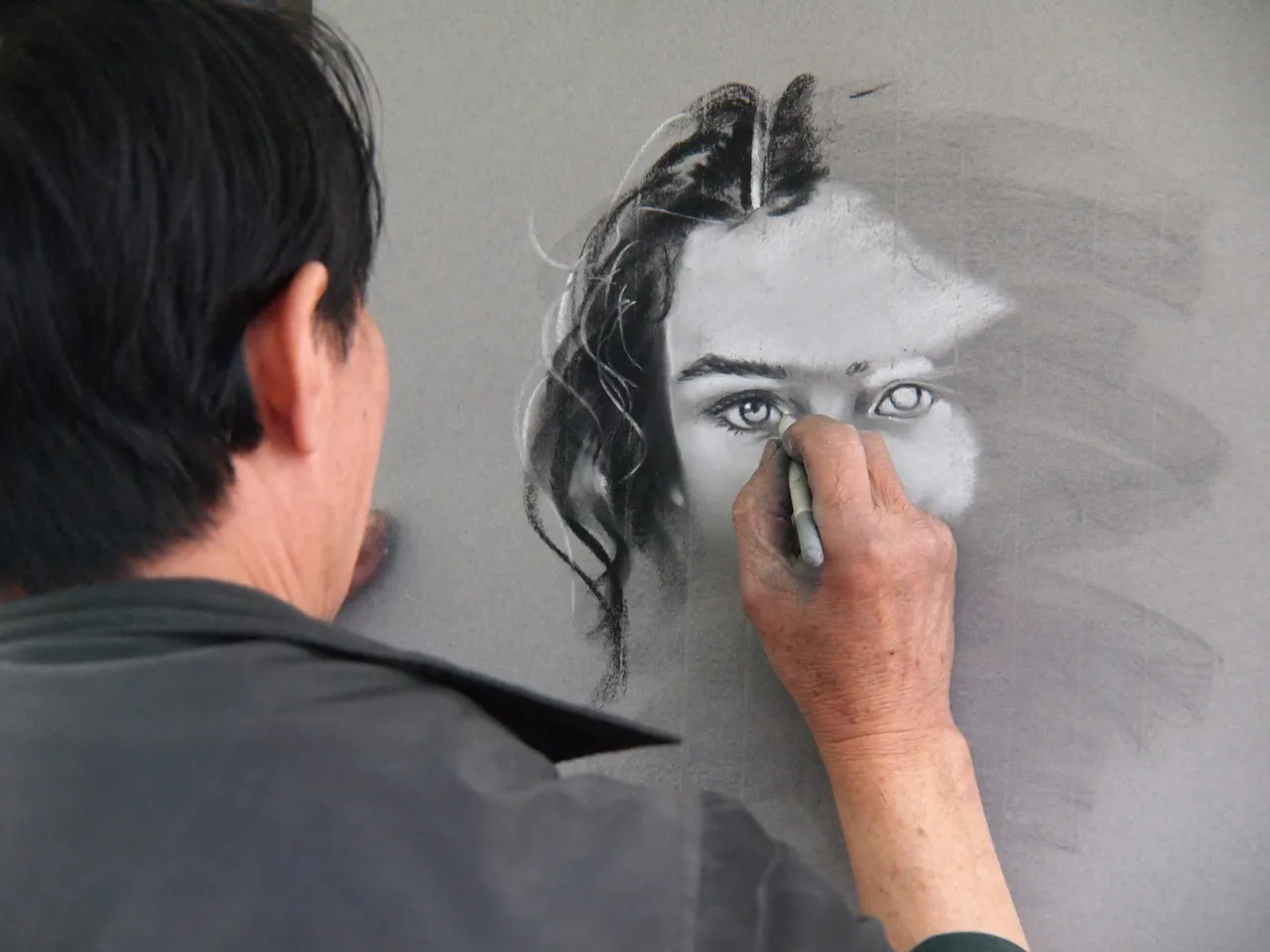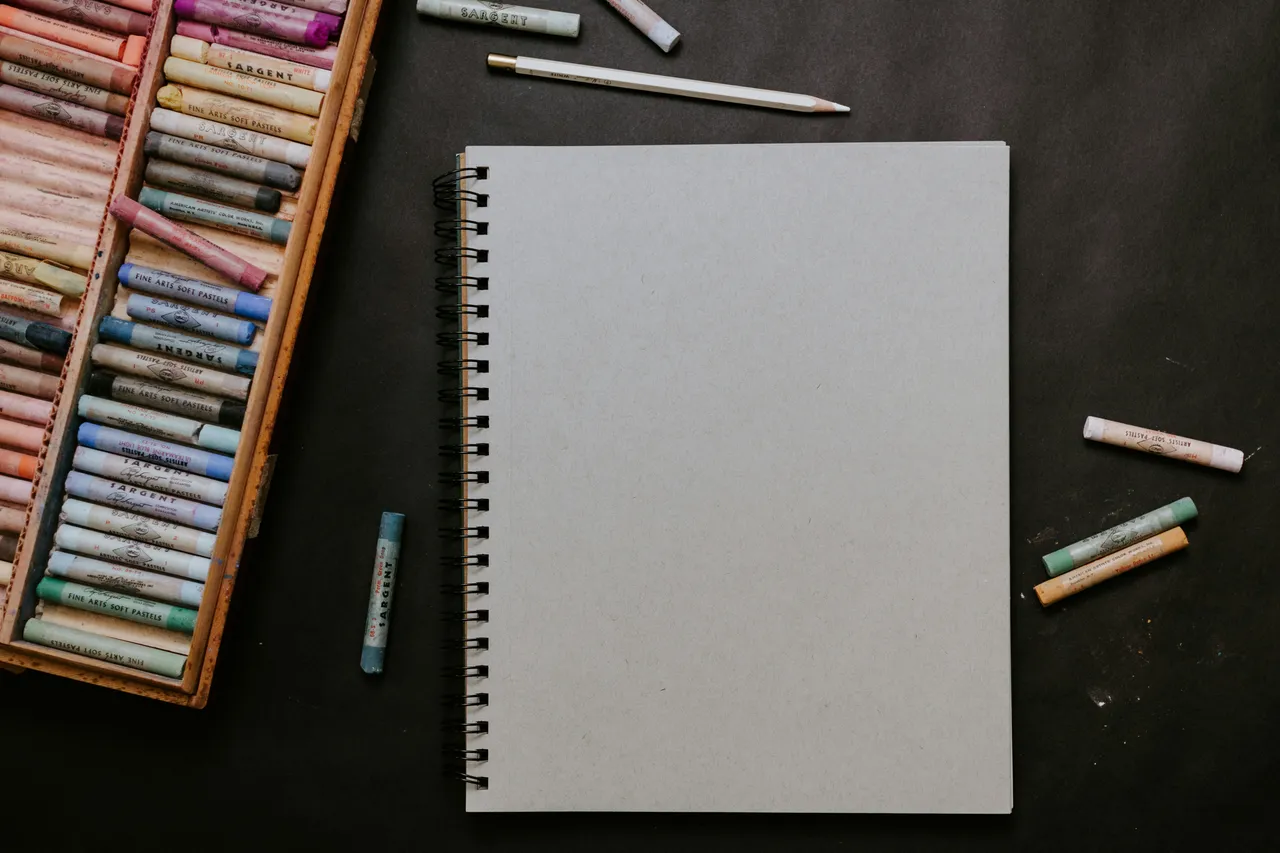
Image info
Art Therapy: How Engaging in Art Can Enhance Mental Health and Well-Being
Art therapy is gaining recognition as a powerful tool for enhancing mental health and well-being. By combining the creative process of making art with psychological therapy, individuals can explore their emotions, reduce stress, and foster personal growth. This article examines the benefits of art therapy, the techniques used, and how engaging in art can lead to a healthier mindset. We will discuss the psychological benefits, the various techniques employed, and real-life experiences that illustrate the transformative power of art therapy.
Understanding Art Therapy
Art therapy is a therapeutic practice that allows individuals to express themselves through various artistic mediums. It provides a safe space for people to communicate feelings that may be difficult to articulate verbally. Through art, individuals can explore their thoughts and emotions, leading to greater self-awareness and emotional healing.
Psychological Benefits of Art Therapy
Engaging in art therapy offers numerous psychological benefits. It serves as a non-verbal outlet for expressing complex emotions. For many, creating art can help them process feelings of sadness, anger, or anxiety that they may struggle to express in words. The act of creating art can also be a meditative experience, helping to lower stress levels. Research indicates that engaging in creative activities can significantly reduce cortisol levels, promoting relaxation and calmness.
Completing an art project can boost confidence and self-esteem. Individuals often feel a sense of accomplishment and pride in their creative expressions, which can enhance their overall self-worth. Additionally, art therapy encourages individuals to develop healthier coping mechanisms for dealing with life's challenges. The creative process fosters problem-solving skills and critical thinking, allowing individuals to approach difficulties with a fresh perspective.
Techniques Used in Art Therapy
Art therapists employ various techniques to facilitate emotional healing. Participants may create drawings or paintings to express their feelings or experiences. This hands-on approach allows for immediate emotional release and helps individuals articulate their emotions visually. Using magazines or other materials, individuals can create collages that represent their thoughts or emotions. This technique encourages creativity and self-reflection, allowing individuals to explore their inner worlds.
Working with clay or other materials allows for tactile engagement, which can be particularly therapeutic for individuals who benefit from physical interaction with their art. Sculpting can also help individuals express emotions that are difficult to verbalize. Therapists may guide individuals through visualizations to help them create art that reflects their inner experiences. This technique can enhance relaxation and facilitate deeper emotional exploration, allowing individuals to tap into their subconscious thoughts.
Research and Evidence Supporting Art Therapy
Recent studies have highlighted the effectiveness of art therapy in promoting mental health. A study published in the journal Art Therapy found that participants who engaged in art therapy reported significant reductions in anxiety and depression symptoms (Author, Year). Another research article emphasized the positive impact of art therapy on children and adolescents, helping them process trauma and express emotions in a safe environment (Author, Year).
Personal Experiences and Testimonials
Many individuals have shared their positive experiences with art therapy. For instance, one participant described how creating art helped them reconnect with their emotions after a traumatic experience. They noted that the process of painting allowed them to express feelings they had buried for years. Testimonials like these highlight the transformative power of creativity in healing and self-discovery, with many individuals crediting art therapy for significant improvements in their mental health.
Conclusion and Call to Action
Art therapy offers a unique and effective approach to enhancing mental health and well-being. By providing a creative outlet for emotional expression, reducing stress, and fostering self-esteem, art therapy can be a valuable tool for individuals seeking to improve their mental health. If you're looking for a way to enhance your well-being, consider exploring art therapy or engaging in creative activities that resonate with you. Take the first step towards better mental health by exploring art therapy or engaging in creative outlets. Consider joining a local art class, finding online workshops, or dedicating time each week to a creative pursuit that speaks to you. Unlock the healing power of art and discover the benefits it can bring to your mental well-being.
This article was developed using available sources and analyses through an automated process. We strive to provide accurate information, but it might contain mistakes. If you have any feedback, we'll gladly take it into account! Learn more

